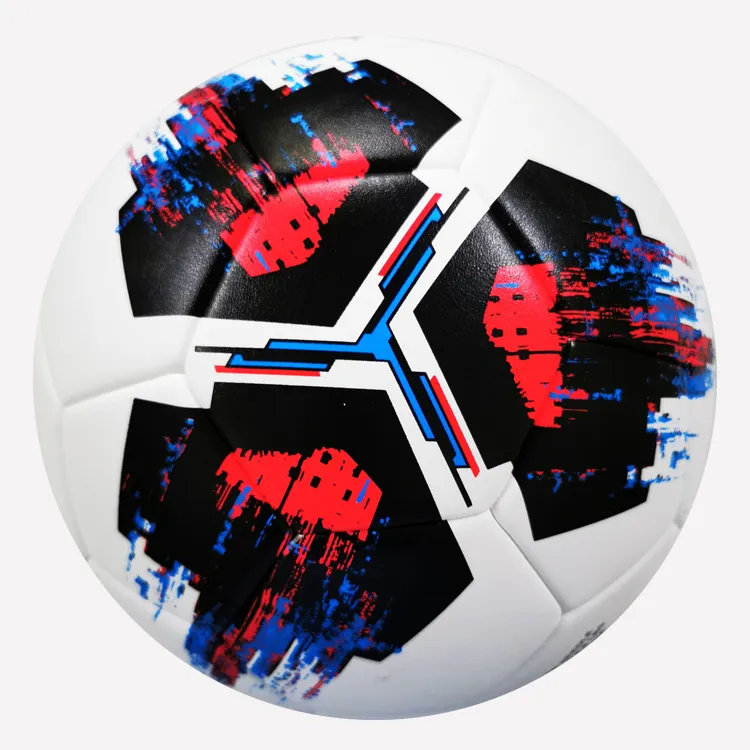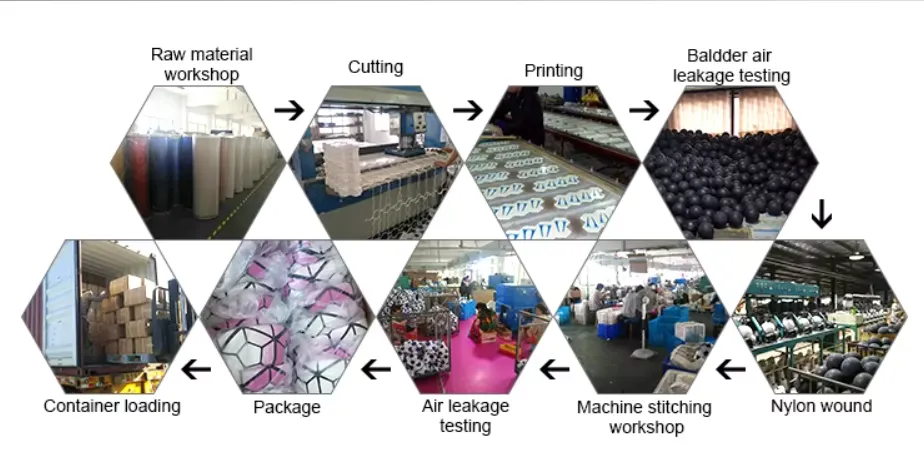The eternal debate between moulded and stitched footballs often leaves consumers puzzled. Understanding the core differences, strengths, and weaknesses of each type can profoundly influence the quality of the game on the pitch. By diving into their construction, performance, and lasting value, one can make informed decisions.

Moulded footballs, as the name suggests, are constructed through a process where the panels are fused together using heat and pressure. This manufacturing technique ensures that the ball retains its intended shape consistently. Due to their seamless design, these balls minimize the risk of water absorption, making them an excellent choice for wet conditions. They tend to glide smoothly on both natural grass and artificial turf. In youth and amateur play, the durability and low maintenance of moulded balls often make them preferable. However, professional players frequently highlight a drawback the touch and feel of the ball can occasionally seem less responsive or plastic-like compared to stitched alternatives.
On the flip side, stitched footballs are crafted by sewing together individual panels, typically using robust threads. Hand-stitching is a hallmark of premium-quality footballs, often signifying intricate craftsmanship and higher control over the ball's flight and spin upon being kicked. The tactile response from a stitched ball is generally favored by elite players, offering a more authentic feel that many describe as alive on the pitch. However, these balls are more susceptible to environmental conditions, particularly in damp weather, as they absorb water more readily than moulded counterparts. This can lead to a heavier ball that might feel sluggish on the field.

From an expert perspective, the choice between a moulded or stitched football relies heavily on the intended use and level of play. For regular training sessions and recreational play, where longevity and resistance to rough conditions are prioritized, moulded footballs often provide the best value. Schools and community clubs frequently opt for these balls, ensuring that their inventory withstands rigorous use without the frequent need for replacements.
Conversely, for competitive matches and professional training, where precision and performance are paramount, stitched footballs are usually the go-to choice. The nuanced touch that these balls provide can enhance a player's technique, offering greater control during dribbling and striking, which can be the difference-maker in high-stakes scenarios.
moulded football vs stitched
It's important to consider the advancements in football technology, as hybrid balls are making strides in the market. These merge the seamless, water-resistant benefits of moulded balls with the textured, responsive qualities of stitched balls. Many elite tournaments are beginning to adopt hybrid balls, offering a potential middle ground that appeals to both camps.
Trust in purchasing decisions comes from comprehensive testing and reviews. Many established brands subject their products to rigorous trials, shared through transparent feedback from clubs, coaches, and players worldwide. Ensuring that a ball has passed standardized quality checks can provide peace of mind. Certifications by football governing bodies like FIFA often mark the benchmark for top-quality products.
To cultivate an informed perspective, potential buyers are encouraged to physically test different types of balls when possible. Experiencing firsthand the weight, feel, and flight can significantly guide a purchasing decision, especially for players who may have specific preferences based on their playing style.
In the broader conversation concerning sustainability and ethical production, football manufacturers are increasingly considering the environmental impact of their products. Consumers may note that some stitched balls, especially those crafted with natural latex bladders and organic materials, offer a more environmentally friendly alternative compared to mass-produced synthetic options.
Ultimately, the moulded versus stitched debate boils down to personal preference and specific needs. While each type has its loyal advocates, the key lies in aligning the ball's characteristics with the player's requirements and the playing conditions. Staying updated with the latest innovations and performance reviews will assist individuals and teams in making the most beneficial and strategic choice.













